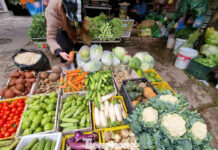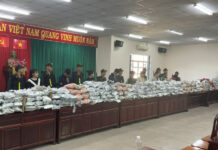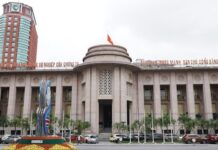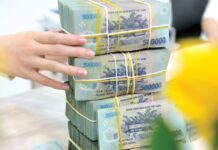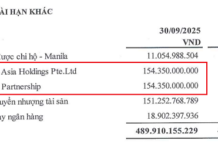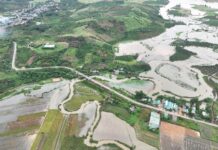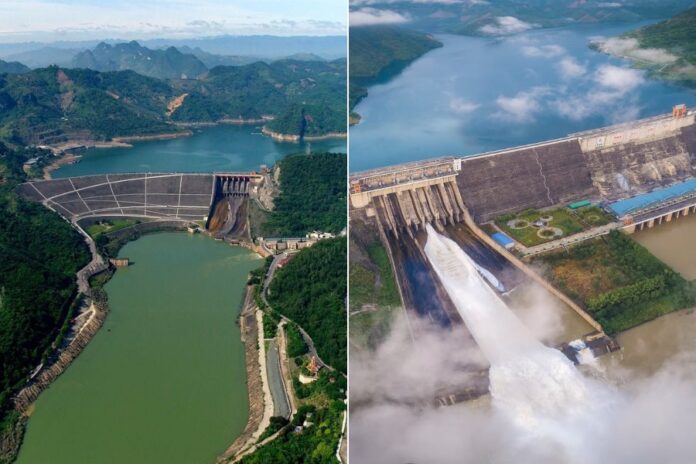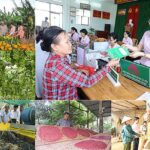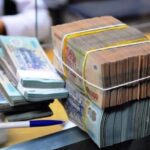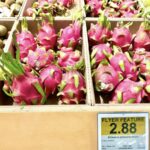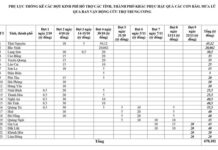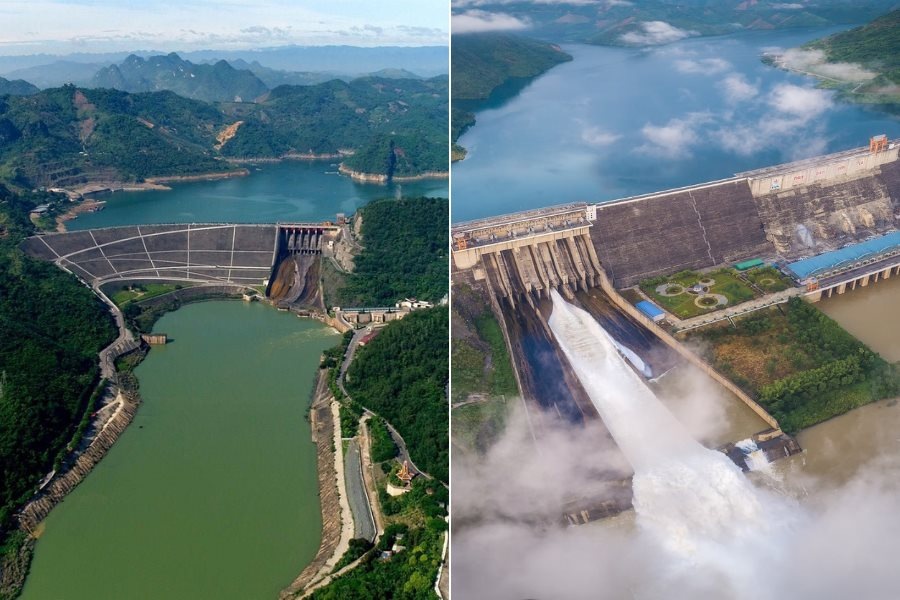
The Son La Hydropower Plant in Son La Province and the Hoa Binh Hydropower Plant in Hoa Binh Province – two of the largest hydropower plants in Southeast Asia – have made significant contributions to the economic and social development of their respective regions. In terms of economics, both provinces experienced slow growth in 2023 and the first half of 2024, with their GRDP growth rates among the lowest in the country.
Son La Province
Inaugurated on December 23, 2012, the Son La Hydropower Plant is currently the largest hydropower plant in Southeast Asia, with an installed capacity of 2,400MW. Located in It Ong commune, Muong La district, Son La province, and sitting on the second tier of the Da River hydropower cascade system, this plant is of great importance, serving as a driving force for the economic and social development of the Northwest region.
As of June 30, 2024, the total electricity output of the Son La Hydropower Plant reached 107.396 billion kWh. During this period, the plant also contributed more than VND 13,000 billion to the state budget.
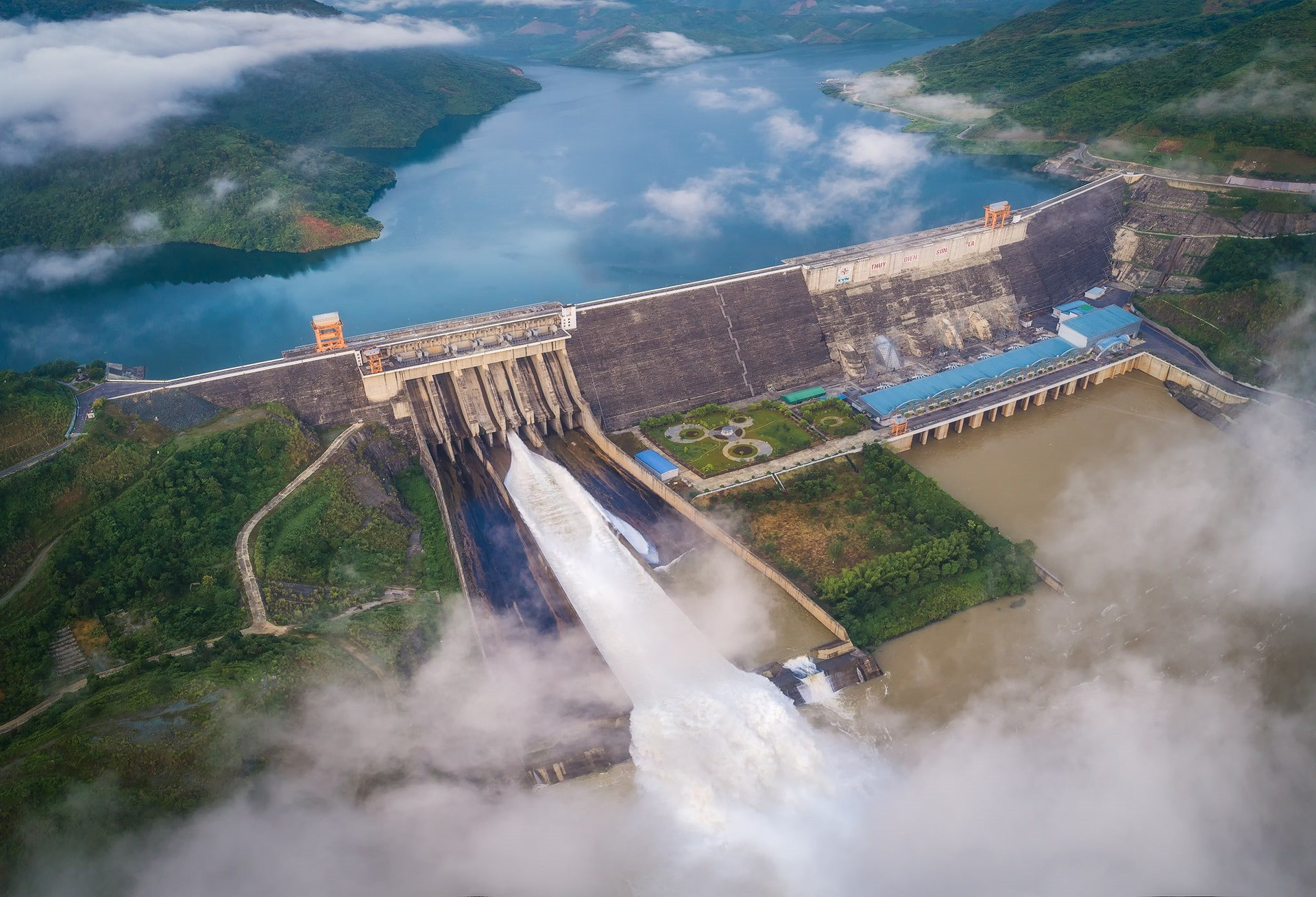
Son La Hydropower Plant – The Largest in Southeast Asia (Photo: Internet)
Son La is a mountainous province with 12 ethnic groups, located in the center of the Northwest region, bordering Lai Chau and Yen Bai provinces to the north; Thanh Hoa province and the Lao People’s Democratic Republic to the south; Hoa Binh and Phu Tho provinces to the east; and Dien Bien province to the west.
In terms of economics, according to the Provincial Statistics Office, the provincial gross domestic product (GRDP) in 2023 at current prices is estimated at more than VND 67,700 billion, with a per capita GRDP of approximately VND 51.7 million per year.
The economic structure shows that the service sector accounts for the highest proportion, at 41.55%, followed by the industry and construction sector (27.04%), and the agriculture, forestry, and fishery sector (24.55%).
The province’s economic growth is not truly sustainable, with a
GRDP of VND 34,506 billion at comparative prices in 2023, up 0.75% over the same period last year
, failing to meet the planned growth rate of 7.5%. This is also the lowest growth rate for the province in the 2019-2023 period.
Son La’s
economic growth ranks 12th in the Northern Midlands and Mountainous regions and 59th in the country
. In 2024, the province aims for a GRDP growth rate of 7.5% and a per capita GRDP of VND 55.5 million.
In the first six months of 2024, the estimated GRDP at comparative prices reached nearly VND 14,650 billion, up 0.67% over the same period.
Thus, the province
ranked 14th in the Northern Midlands and Mountainous regions and 62nd in the country in terms of growth
(only ahead of Ba Ria-Vung Tau, which had negative growth).
The service sector recorded the highest growth rate (5.74%), followed by a slight increase in the agriculture, forestry, and fishery sector (0.59%). However, the industry and construction sector declined by 6.36%, reducing the GRDP growth rate by 1.60 percentage points.
Hoa Binh Province
Inaugurated in 1994, the Hoa Binh Hydropower Plant in Hoa Binh Province is the second-largest hydropower plant in Vietnam, after the Son La Hydropower Plant. The plant has a capacity of 1,920MW with 8 generators and 12 bottom outlets. In addition to its primary role in providing electricity to the national grid, the plant is also responsible for flood control for Hanoi and the downstream area, ensuring water flow for irrigation and serving the agricultural and domestic needs of the Red River Delta.
According to the adjusted Power Development Plan 7, the Hoa Binh Hydropower Plant Expansion Project was launched in January 2021, aiming to provide backup power for the national power system. The project involves the installation of two more generators with a total designed capacity of 480MW. Upon completion, the total capacity of the Hoa Binh Hydropower Plant cluster will reach 2,400MW, matching the Son La Hydropower Plant.
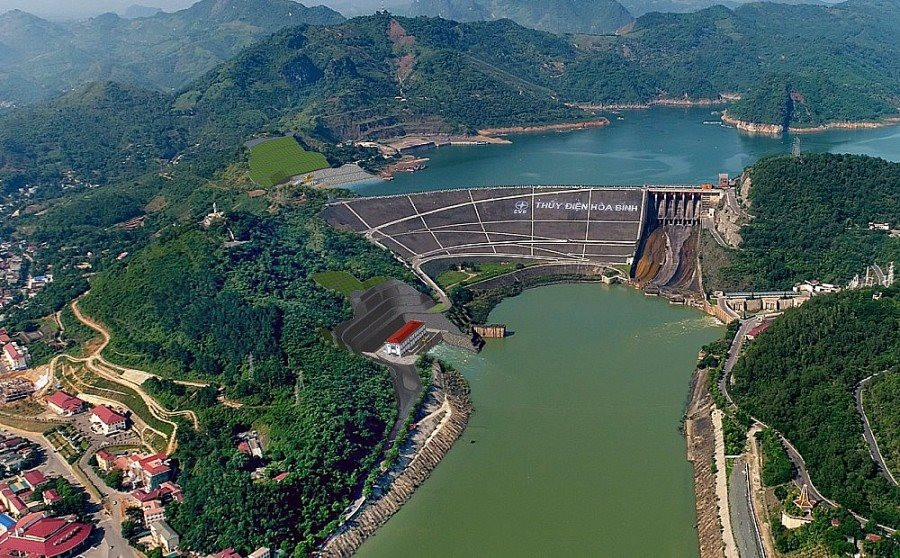
Hoa Binh Hydropower Plant – The Largest in Southeast Asia in the 20th Century (Photo: VGP)
Hoa Binh is a mountainous province in the Northwest, serving as a gateway connecting the Red River Delta, North Central Region, and Northwest Region. It borders Phu Tho Province to the north, Hanoi to the east, Son La Province to the west, and Ninh Binh, Ha Nam, and Thanh Hoa provinces to the south.
In terms of economics, according to the Provincial Statistics Office of Hoa Binh, the
GRDP in 2023 at comparative prices is estimated at VND 32,984.08 billion, up 0.68% compared to 2022
,
ranking 60th out of 63 provinces and cities
. However, Hoa Binh had the lowest growth rate among the provinces that recorded positive growth.
The agriculture, forestry, and fishery sector grew by 4.35%, while the service sector expanded by 3.65%. In contrast, the industry and construction sector contracted by 3.32%, reducing the economic growth rate by 1.41 percentage points. The per capita GRDP reached VND 69.77 million, an increase of VND 3.72 million compared to 2022.
Amid significant challenges, the Hoa Binh economy is gradually recovering and achieving positive growth.
In the first six months of 2024, the province’s GRDP is estimated to grow by 1.81%, ranking 61st out of 63 provinces and cities
.
The agriculture, forestry, and fishery sector grew by 4.21%, while the service sector expanded by 6.48%. However, the industry and construction sector contracted by 0.34%. The industry and construction sector accounts for more than 40% of the GRDP, followed by the service sector (35.45%) and the agriculture, forestry, and fishery sector (19.06%).
Territory-based credit policy in Ho Chi Minh City shows nearly 39% growth
Credit programs, not only support and assist the poor and vulnerable, who are the main subjects of policies in Ho Chi Minh City, with capital for production and business to create livelihoods and employment opportunities, but also play a significant role in the direction of sustainable economic development, economic growth, and social security ensured by the Government.
Will Vietnamese fruit and vegetable exports set a new record?
From the beginning of 2024, the export field of vegetables and fruits in Vietnam has received positive signals, with the estimated export turnover of over 500 million USD. With the current market trends, the vegetable and fruit industry is forecasted to set a new record and contribute 6-6.5 billion USD to the agricultural sector in 2024.



